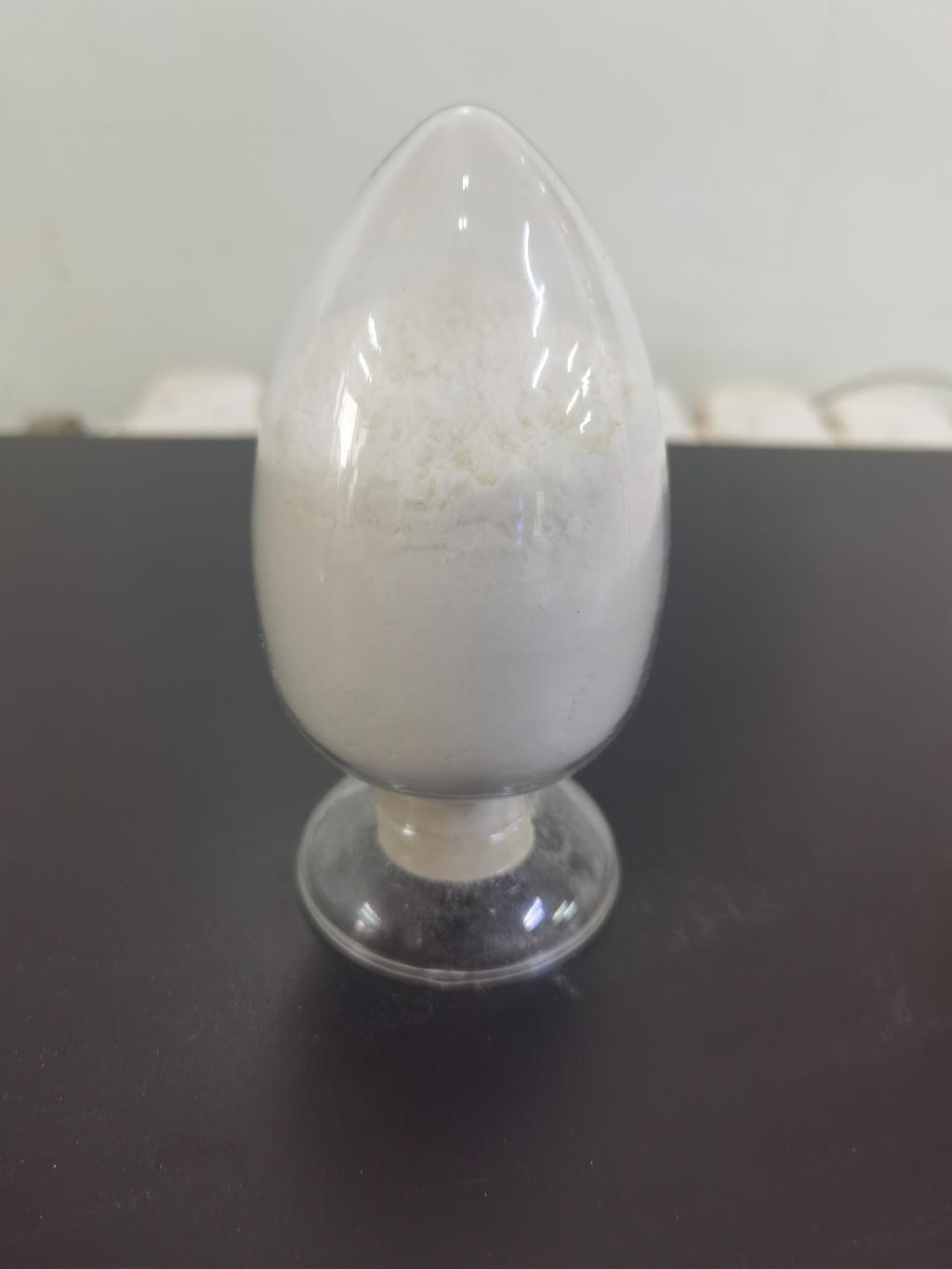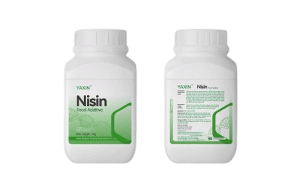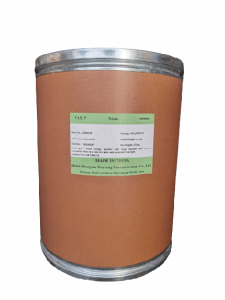Tel:+8618231198596

News
 CONTACT
CONTACT
 CONTACT
CONTACT
- Linkman:Linda Yao
- Tel: +8618231198596
- Email:linda.yao@dcpharma.cn
- Linkman:CHARLES.WANG
- Department:Overseas
- Tel: 0086 0311-85537378 0086 0311-85539701
News
Combining ε-Polylysine hydrochloride with other natural preservatives for enhanced protection
TIME:2024-10-28
1. ε-Polylysine Hydrochloride: A Powerful Natural Preservative
ε-Polylysine hydrochloride is a natural, amino acid-based compound that demonstrates excellent antimicrobial properties across various food products. Widely used in ready-to-eat meals, dairy products, and baked goods, it has a proven efficacy in inhibiting both gram-positive and gram-negative bacteria, as well as yeasts and molds. However, ε-Polylysine hydrochloride works best within certain pH ranges, typically acidic to neutral environments, which can limit its effectiveness in some applications. This has led researchers to explore combinations with other natural antimicrobials, which can broaden the preservative’s range and enhance its overall performance.
2. Benefits of Combining Natural Preservatives
Combining natural preservatives with ε-Polylysine hydrochloride provides several distinct advantages:
Broader Spectrum of Protection: While ε-Polylysine hydrochloride is effective against many common foodborne pathogens, other natural antimicrobials can target different microorganisms or offer protection under different pH conditions, thereby providing a more comprehensive safeguard.
Reduced Dosage Requirements: By combining preservatives, manufacturers can often use lower concentrations of each individual preservative, reducing potential flavor, texture, or color alterations in the product. This can be especially beneficial for foods with delicate sensory profiles, where a high concentration of preservatives could negatively impact quality.
Extended Shelf Life: Synergistic combinations of preservatives can prolong the shelf life of products more effectively than individual preservatives, minimizing spoilage and reducing food waste.
Enhanced Clean-Label Appeal: The use of a combination of natural preservatives aligns well with clean-label trends, meeting consumer demands for transparency, natural ingredients, and minimal synthetic additives.
3. Combining ε-Polylysine Hydrochloride with Nisin
Nisin is a well-known natural antimicrobial peptide commonly used in dairy and canned foods. It is particularly effective against gram-positive bacteria such as Listeria monocytogenes, which is a concern in dairy and ready-to-eat products. When combined with ε-Polylysine hydrochloride, nisin enhances the preservative's efficacy by targeting a different set of microbial pathways. This combination provides a dual-action effect: nisin can weaken bacterial cell walls, making cells more susceptible to ε-Polylysine hydrochloride’s action. Together, they offer superior antimicrobial protection, reducing the risk of spoilage and contamination, particularly in dairy and meat products.
4. Synergy with Natamycin for Mold and Yeast Control
Natamycin, a natural antifungal derived from Streptomyces natalensis, is widely used to inhibit mold and yeast growth in cheeses, baked goods, and beverages. While ε-Polylysine hydrochloride exhibits some antifungal activity, natamycin is particularly effective against molds and yeasts, making it a strong complementary preservative. Combining ε-Polylysine hydrochloride with natamycin offers comprehensive protection in foods prone to fungal spoilage, such as cheeses and baked goods, extending shelf life and maintaining quality. This combination also benefits foods stored in humid environments, where fungal growth is a persistent challenge.
5. Incorporating Organic Acids for Enhanced Efficacy in Acidic Foods
Organic acids like citric acid, acetic acid, and lactic acid are common natural preservatives with broad antimicrobial activity. They are particularly useful in acidic food products, such as salad dressings, sauces, and beverages. Combining ε-Polylysine hydrochloride with organic acids can significantly boost antimicrobial efficacy due to the pH-lowering effects of the acids, which enhance the preservative action of ε-Polylysine hydrochloride. In acidic environments, the combined effect of organic acids and ε-Polylysine hydrochloride effectively inhibits a wider array of microorganisms, including acid-tolerant bacteria and spoilage yeasts. Additionally, organic acids can help improve the flavor profile of some foods, making this combination both practical and beneficial from a sensory perspective.
6. Blending with Rosemary Extract for Oxidation and Microbial Control
Rosemary extract is a natural antioxidant with antimicrobial properties, making it ideal for extending the shelf life of fatty foods prone to oxidation. While ε-Polylysine hydrochloride primarily acts as an antimicrobial, rosemary extract offers dual benefits by preventing oxidation and enhancing microbial control. In products such as oils, dressings, and meat products, this combination helps protect against both microbial spoilage and lipid oxidation. Rosemary’s natural origin and compatibility with clean-label requirements further increase consumer acceptance, making it an attractive choice for natural preservation systems in high-fat food products.
7. Collaboration with Green Tea Extract for Antioxidant and Antimicrobial Protection
Green tea extract is rich in catechins, compounds with strong antioxidant and antimicrobial properties. Its natural composition and health benefits make it appealing to consumers and food manufacturers alike. When combined with ε-Polylysine hydrochloride, green tea extract enhances both antimicrobial and antioxidant protection. This is particularly useful in perishable products like poultry, seafood, and fresh produce, where oxidation and microbial spoilage are both concerns. The combined use of green tea extract and ε-Polylysine hydrochloride not only extends shelf life but also offers a health-focused appeal, as consumers associate green tea with wellness benefits.
8. Potential Challenges and Considerations in Combining Natural Preservatives
While combining ε-Polylysine hydrochloride with other natural preservatives offers clear advantages, there are several factors that manufacturers must consider:
Compatibility with Food Matrix: Some combinations may interact differently depending on the food’s composition, potentially impacting flavor, texture, or appearance. Ensuring compatibility with the specific food matrix is crucial to maintain product quality.
Consumer Perception and Labeling: While consumers favor natural preservatives, they may be unfamiliar with technical terms. Clear labeling and education can help bridge this knowledge gap, improving consumer confidence in multi-preservative solutions.
Regulatory Approval: Not all combinations of natural preservatives are universally approved for every food application. Manufacturers need to ensure compliance with relevant food safety regulations and use preservatives within approved limits to guarantee safety and legality.
Conclusion
The combination of ε-Polylysine hydrochloride with other natural preservatives presents a powerful strategy for achieving enhanced microbial protection, extended shelf life, and improved quality in food products. By carefully selecting complementary preservatives like nisin, natamycin, organic acids, rosemary extract, and green tea extract, manufacturers can address a broader spectrum of spoilage challenges while catering to consumer demands for natural and clean-label products. As innovations in natural preservation continue to evolve, these synergistic combinations promise a future where food safety, quality, and sustainability are aligned, benefiting both producers and consumers alike.
- Tel:+8618231198596
- Whatsapp:18231198596
- Chat With Skype







